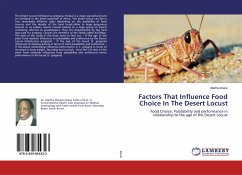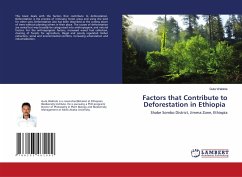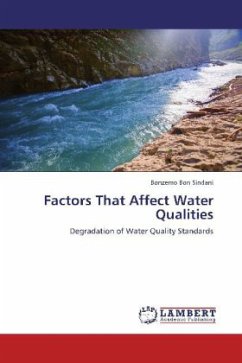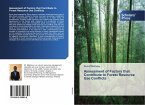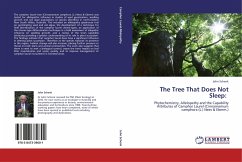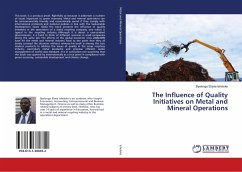The Desert Locust Schistocerca gregaria, Forskal is a major agricultural pest on farmland in the Sahel savannah of Africa. The desert locust can live in two remarkably different styles depending on the availability of food sources and the density of the local locust either in large gregarious swarms or as solitary insects. Locusts belong to a large group of insects commonly referred as grasshoppers. They are characterized by big hind legs used for jumping. Locusts are members of the family called Acrididae. The aims of the study in this book were to find out: - If the age of the plant food material influences its palatability and preference by the Desert Locust (Schistocera gregaria); - If the age of the locust (S. gregaria) influences its feeding activity in terms of food palatability and preference; -If the above relationships influence performance in S. gregaria in terms of increases in body weight, fecundity and survival; - How the C:N ratio of the plant food materials influences food palatability and preference, hence performance in the locust (S. gregaria).

